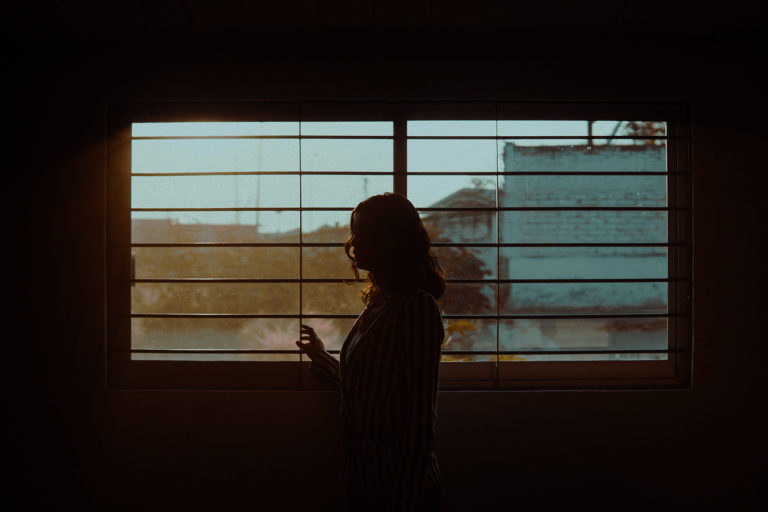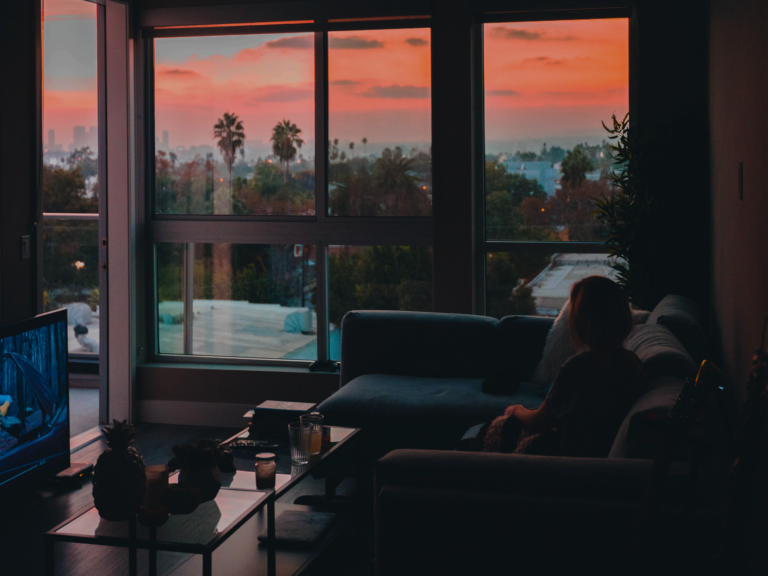We live in anxious times. We’ve been through the 2008 recession, we’re worried about climate change, and we’re living with insurmountable student debt. We’re concerned about finding a job and the health and well-being of our loved ones. We’re facing multiple stressors in all aspects of our lives, making us overall anxious people. Nearly 1 in 5 adults in America experience an anxiety disorder over any 12-month period–and an astonishing 65% of 13-39-year-olds say they feel stressed constantly.
And all that was prior to the onset of a global pandemic. Which got us asking, what will the impact of COVID-19 be, especially as it relates to our nation’s mental health? Will our social anxiety spiral out of control on a mass level? Surprisingly – and fortunately! – the answer to this question seems to be a resounding no. But that doesn’t mean the transition to the latest “new normal” will be easy. Feeling comfortable and at ease–both at home and out in the world –is going to take more help than ever.
The problem: gauging normal fears versus phobias in abnormal times. Our world has changed. To protect ourselves and others, we are staying home more than ever before. It has become our comfort zone –our ultimate safe space while the outside world has become a threat.
Once normal behaviors are now scrutinized as a potential source of danger. Pressing an elevator button to get to your floor begs the question “Who else has pressed this button?” Holding the door open for someone else means spending that much more time exposed. Shaking someone’s hand is such a cause for concern that Dr. Anthony Fauci, the top infectious disease expert, has said “I don’t think we should ever shake hands ever again.”
Similarly, interactions that are still okay are now a source of irrational concern. Stepping outside for fresh air and a walk feels taboo. We ask ourselves whether we should have come outside or just stayed at home. These are abnormal times, and after an extended period of caution and uncertainty, it has become increasingly difficult to identify whether your fears are normal or not. We are left wondering when things will go back to normal – or at least a new normal. Is there a future without fear?
Some people will be raring to get back out into the world – and others are going to have a really hard time with it. For the latter, the “opportunity” to get out into the world may in fact feel like a punishment. After avoiding the outside world and other people for so long, it will feel strange to get back to normal, sometimes even anxiety-inducing. After all, the outside world has deemed a threat –not an easy perception to get past.
Additionally, some personalities thrive in situations where they are independent, as some social behaviors are rather emotionally taxing or even overwhelming for them. Those that are introverted may cope better with social isolation, even finding a sense of comfort in these moments as they are not experiencing stressors they normally would have.
A Gallup poll reported that nearly 60% of Americans working remotely would prefer to continue doing so ‘as much as possible’ once the pandemic is over.
These people are happy with their shorter / nonexistent commutes, find themselves being more productive with their time, and report higher job satisfaction. They have found more time to take care of their health and fitness–and they don’t want to give that up.
On the other hand, there are people who believe that while there are benefits of working from home, they “can’t compensate for what’s lost in creativity.” They appreciate the short commute and even the more efficient workday. However, there is a sense of loss of innovation and a missed opportunity for collaborating with others.
While not completely against working remotely at times, some people are eager to get back in the office with their teammates.
What it all means
Given the state of uncertainty and anxiety, there is an opportunity for brands and businesses to mitigate the pain on both sides –first, by making in-person interactions safer, but second, by making them more comfortable.
What does it mean to be safer and more comfortable? It means fostering autonomy, building resilience and easing anxiety.
Fostering Autonomy and Building Resilience
COVID-19 has impacted society at an unprecedented level creating a global pandemic. The closest thing we’ve seen in our lifetimes are the SARS, Ebola, and swine flu outbreaks.
At times of infectious disease outbreaks, people feel a loss of control and normalcy, resulting in an uptick in cases of anxiety, depression, and anger. However, there is an increase in behaviors intended to re-establish a sense of autonomy –whether it’s actions that show compassion to others, through self-care (e.g. following a diet or seeing support from friends and family) or engaging with the news to stay informed. These actions allow people to feel that they are contributing to society or doing something for themselves –allowing them to regain a sense of control over an extremely out-of-their-hands situation.
Easing anxiety
It will take us a while to lose the association of danger with being outside the home and in the presence of others. However, there are ways in which to smooth the transition.
Businesses can help reduce anxiety in the office by taking measures to keep people safe. This may include rethinking the physical layout of the office space. We are now wary of the open layout concept with shared working spaces. The addition of plastic barriers or sneeze guards to desks/office spaces provide a sense of protection from nearby officemates. Reconfiguring the space so that everyone has their own workspace that is spread out can also ease concerns.
Changes to the work schedule can help reduce tensions. By staggering work hours or workdays, fewer people are in the office at any given time. Businesses can also implement policies such as paid sick leave so employees who are sick can stay at home without worrying about a loss of income.
Conclusion
Brands can help communicate and cultivate autonomy by helping people build feelings of resilience in other areas as well.They can help reduce anxiety and stress in areas people can control by fostering that feeling of “I got this,” focusing on building skills and boosting feelings of self-sufficiency.
There is an increase in behaviors that suggests people are searching for ways to feel in control and mitigate anxiety even (and especially) as the status quo shifts. We’ve seen an increase in home gardening with more people engaging in this pastime than ever before. A seed store in Maine reported sales were up by 270% in March.
Baking and cooking were often seen as a form of therapy even prior to the pandemic. “Food is comforting. Food is energy. Food can be healing. Those are important things right now more than ever.”
With everyone in quarantine, we’ve seen a rise in the baking of bread. There has also been an increase in cooking, with people posting pictures of their dishes on social media using ‘#coronaviruscooking’.
And, in an effort to maintain their normal routines, people have adapted their gym-based workouts to be done in or around their homes. More people bought exercise equipment – with sales increasing by 55% as stay-at-home orders were implemented. Fitness classes were offered virtually and people increasingly downloaded fitness apps.
Easing anxiety will allow people to feel more comfortable where they are. COVID-19 has only amplified our need for comfort – we are worried about the threat faced outside our homes, fearing our eventual return to society. By providing solutions and creating spaces foster autonomy and ease anxiety, brands, and businesses can play a role in meeting consumers’ fundamental needs.
Check out some of our other pieces on how COVID-19 has impacted our lives – from home to haircare.
The Pandemic May Mean the End of the Open-Floor Office


